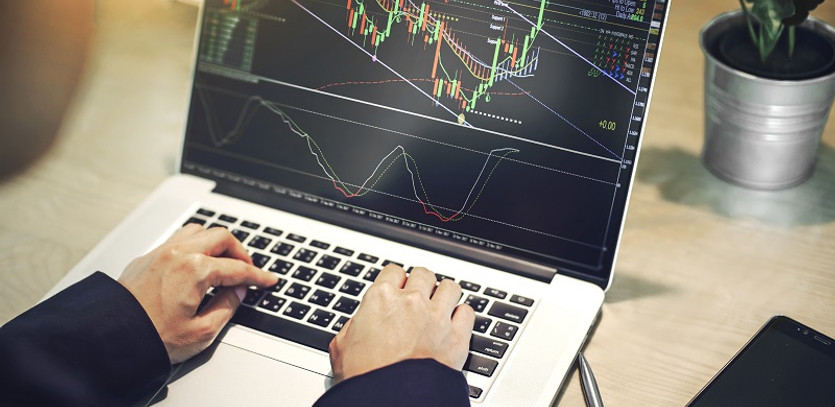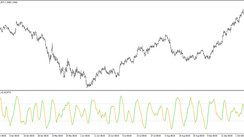Deciphering Forex Indicators: A Strategic Asset for Traders
Forex indicators serve as critical resources for traders, aiding in the dissection of market information to shape better trading decisions. These tools rest on the premise that historical price trends can provide valuable insights for predicting upcoming market behavior. A plethora of Forex indicators exist, each boasting its unique merits and demerits. Among the most widely used ones are moving averages, momentum indicators, and volatility indicators.
Forex indicators wield power over trading in myriad ways. They provide traders with a means to recognize trends, pinpoint overbought and oversold states, and ascertain volatility. By leveraging these indicators, traders can enhance their decision-making process, thereby improving their odds of success in the market.
The Art of Handling Forex Indicators
When maneuvering Forex indicators, certain key considerations come into play. Firstly, selecting the appropriate indicators that align with your trading style is crucial. A universal solution does not exist, and various indicators may prove more advantageous for different traders. Secondly, indicators should be employed along with other significant factors such as fundamental analysis and risk management. Relying solely on indicators can lead to deceptive signals. Lastly, backtesting trading strategies with historical data is vital. This practice allows you to discern which indicators align most favorably with your trading style and risk tolerance.
A Glimpse into Various Forex Indicators
Forex indicators are a varied lot, each serving a unique function. Here are some of the most commonly used types:
-
Moving averages: These simple yet effective tools are used to discern trends. They're computed by averaging the closing prices of a security over a specific duration.
-
Momentum indicators: These indicators gauge the velocity and course of price shifts. They're useful for detecting overbought and oversold states and potential trend reversals.
-
Volatility indicators: These measure the degree of price variation in a security. They're employed to spot periods of high and low volatility and to establish stop-losses and profit targets.
Implementing Forex Indicators
Forex indicators are versatile tools that can be put to use in diverse ways. While some traders use them for trend identification, others may use them to detect overbought and oversold states. They can also be used to assess volatility and establish stop-losses and profit targets.
Experimentation is key when it comes to using Forex indicators. There's no singular approach that suits all; different traders will find different indicators more effective.
Here are a few additional tips for employing Forex indicators effectively:
- Begin with a couple of straightforward indicators and master their usage before expanding your trading toolbox.
- Always employ them along with other factors, like fundamental analysis and risk management.
- Backtest your trading strategies using historical data to determine which indicators suit your trading style and risk tolerance best.
Conclusion: Forex Indicators as Valuable Trading Aids
Forex indicators, when used judiciously, can be indispensable aids for traders. It's vital, however, to recognize their constraints and not use them in a vacuum. Indicators should be used synergistically with other factors such as fundamental analysis and risk management. Proper utilization of indicators can significantly elevate a trader's success potential in the Forex market.





